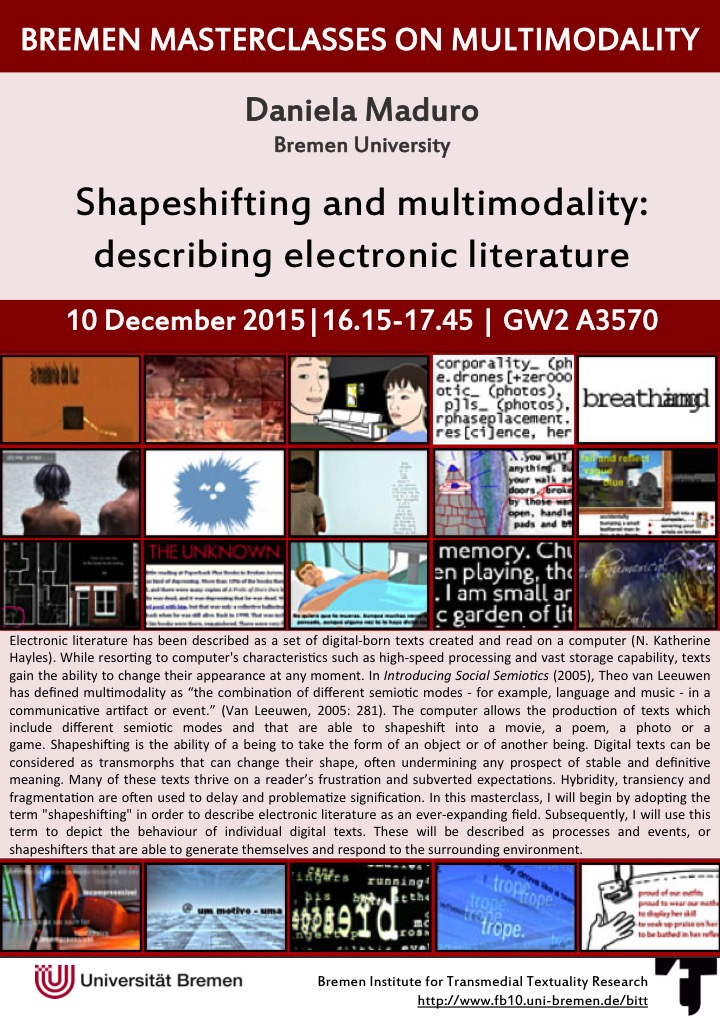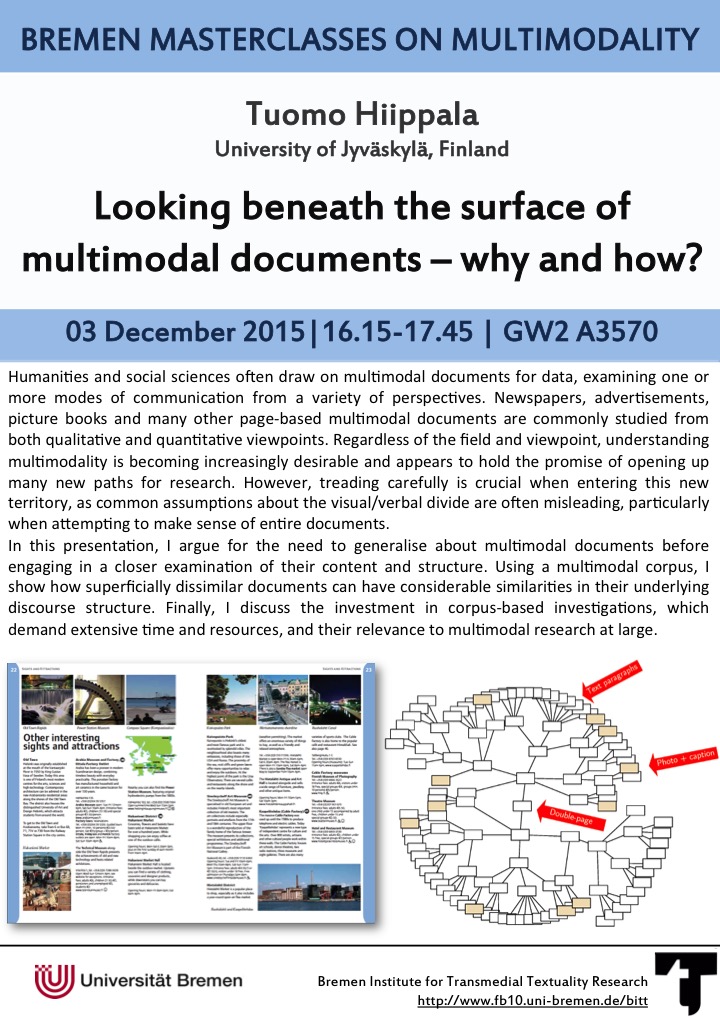BITT-Mitglied Philipp Schmerheim hat im November 2015 beim Bloomsbury sein Buch „Skepticism Films“ veröffentlicht, auf das wir hier gerne hinweisen möchten.

Zum Inhalt des Buchs:
The book Skepticism Films. Knowing and Doubting the World in Contemporary Cinemaintroduces skepticism films as updated configurations of skepticist themes that exemplify the pervasion of philosophical ideas in popular culture. As will be shown, a detailed analysis of skepticism films and of the general relation between philosophical skepticism and cinema contributes to a better understanding of the dynamic interplay between film and philosophy.
The first part of the book defends a general, pluralistic film-philosophical position according to which films can be, but need not be, expressions of philosophical thought in their own right. The second part investigates the role of skepticist ideas in philosophical reflection on the medium of film by critically discussing the works of the film-philosophers Stanley Cavell, Gilles Deleuze, Josef Früchtl, Patricia Pisters, and D.N. Rodowick. The concluding parts of the book explore varieties of skepticism films as an integral phenomenon of contemporary cinema culture with the help of detailed case studies of films such as The Truman Show, Inception, Matrix, Vanilla Sky, The Thirteenth Floor, andShutter Island.
Das Buch kann im Bloomsbury Verlag erworben werden. Eine Leseprobe findet sich hier.
A member of the BITT, Philipp Schmerheim has published his book „Skepticism Films“ with Bloomsbury in November 2015:

The book Skepticism Films. Knowing and Doubting the World in Contemporary Cinemaintroduces skepticism films as updated configurations of skepticist themes that exemplify the pervasion of philosophical ideas in popular culture. As will be shown, a detailed analysis of skepticism films and of the general relation between philosophical skepticism and cinema contributes to a better understanding of the dynamic interplay between film and philosophy.
The first part of the book defends a general, pluralistic film-philosophical position according to which films can be, but need not be, expressions of philosophical thought in their own right. The second part investigates the role of skepticist ideas in philosophical reflection on the medium of film by critically discussing the works of the film-philosophers Stanley Cavell, Gilles Deleuze, Josef Früchtl, Patricia Pisters, and D.N. Rodowick. The concluding parts of the book explore varieties of skepticism films as an integral phenomenon of contemporary cinema culture with the help of detailed case studies of films such as The Truman Show, Inception, Matrix, Vanilla Sky, The Thirteenth Floor, andShutter Island.
The book is available via the Bloomsbury website. A reading sample can be found here.


